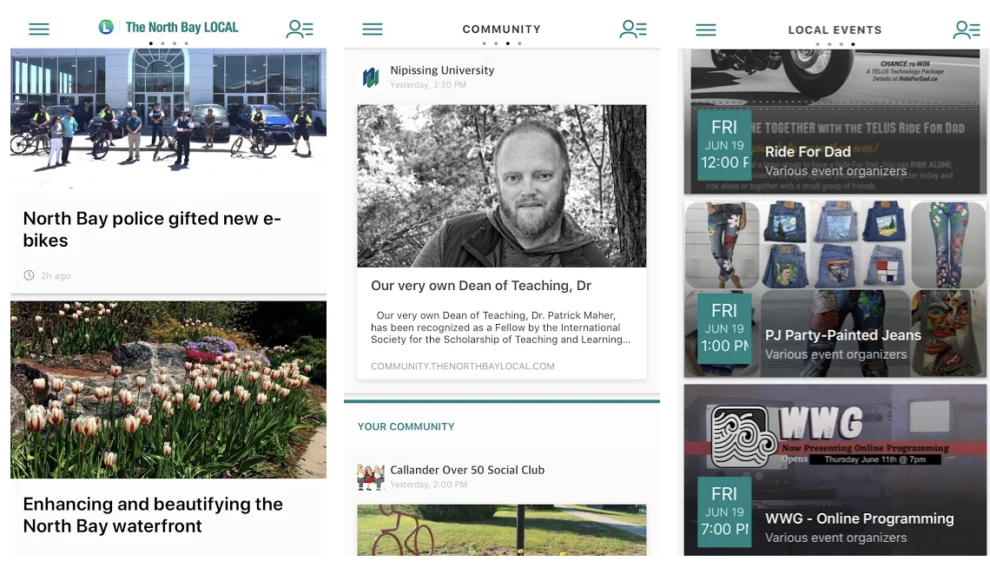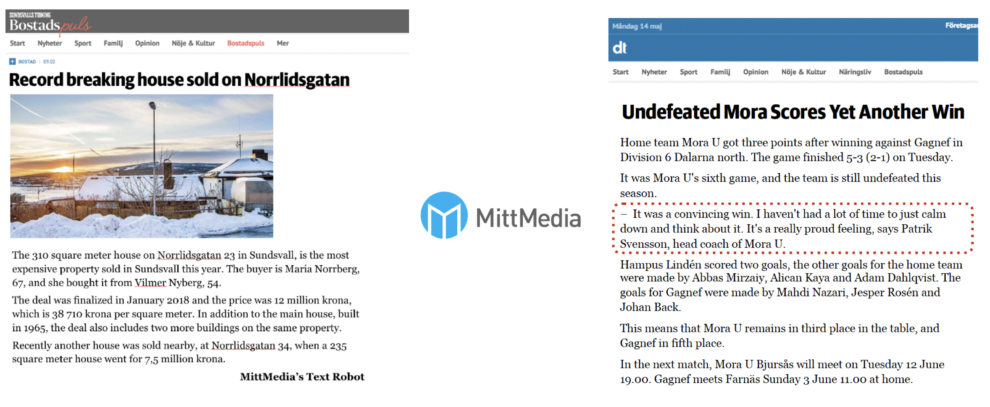Even as we see growth in newspaper subscribers, there’s a perception that it is mainly national titles that have benefited. However, we have seen success stories in local media, with a just-released report from Reuters highlighting how local publishers have succeeded with subscription strategies in Europe. We have also seen success across the pond, with a report last year showcasing how the Star Tribune has managed to become the 5th biggest newspaper in circulation in the US while being located in only the 16th largest metro market.
What has seemed to help these publishers is a focus on actually local journalism.
The evidence that audiences are unwilling to pay for local news is actually clouded by the fact that most local news is not local at all.
Rachel Davis Mersey, journalism professor at the University of Texas at Austin
We have seen in the past how local publishers try to compete through the breadth of content, bringing all the top stories readers should know, rather than through depth of content by covering local stories in detail.
That’s why some publishers have gone all-in on hyperlocal strategies, ensuring they are reaching audiences that are not served by quality journalism otherwise. Today we are exploring 3 ways publishers are leveraging hyperlocal news.
Germany: Neue Westfälische partners with hyperlocal social network
Today many towns have Facebook groups to share information with other residents. However there is often limited moderation so false information is able to quickly spread. The question though is who should moderate, which is why Neue Westfälische in Germany partnered with Lokalportal.
Founded in 2014, this startup aims to serve local communities so partnering with the local newsrooms of Neue Westfälische was a logical next step to be able to balance the spread of local information with informed reporting.
We’re trying to build a hybrid between a local newspaper and a local social network. We learned hyperlocal life is more than just the exchange; it’s ‘I want to know what’s going on and perhaps I can participate in it’.
Sebastian Penthin, Lokalportal founder
Anyone can read content on Lokalportal by just giving a zip code, but in order to actually participate, readers need to verify their identity via text or mail. All users need to use their real names to comment, which has also helped keep a level of civility in the discussions.
This partnership has helped the newspaper reach a younger group, with an average age of 35. This has helped the platform become attractive to advertisers, the main business model for now. Smaller local businesses appreciate knowing they are reaching local residents only and not having to figure out how to set up their local targeting on other social platforms.
Local and regional news is of particular importance in Germany, where a report this week shows regional newspapers were the most quoted this year. It’s not the first time we have seen a hyperlocal social media strategy in Germany, the latest chapter in our Reinventing Digital Editions research series explored how SüdKurier leveraged their Facebook groups to ensure they were covering each community with valuable content. We have also seen this strategy reach the US, with Wick Communications receiving funding from Google to establish a curated neighborhood social media platform for two target markets.
Canada: Toronto Star launches 10 new local brands in 1 year
Similarly, Toronto Star has benefited from funding by Google’s News Initiative Innovation Challenge which was used to launch 10 new hyperlocal brands this year. Taking the form of apps and websites, these 10 community engagement hubs are digital-only, with no print product.

With an ‘app-first approach‘, the Toronto Local initiative intends to create a new platform to deliver full local news in a scalable and sustainable way. They chose to start with 10 communities to be able to learn and improve as they launch new communities in 2021.
Local news is very challenged and it keeps disappearing. Our objective is to find a new way that we can create a wonderful local experience in communities that is highly relevant and maybe slightly different than what we do today.
Pam Laycock, senior vice president of transformation and strategy at Torstar
The business model is focused on advertising now, leveraging the highly localized audiences. However in the future a subscription strategy is part of the plan. This year the goal has been to show there is a quick and cost-effective way to start up in new markets, which has indeed been successful. The team has seen app downloads grow steadily in the new markets, which sets them up well to grow further next year.
Sweden: Bonnier News Local leverages AI to cover hyperlocal stories
When Bonnier News Local (previously known as MittMedia) was exploring which articles were best for converting new subscribers, they found it wasn’t the in-depth investigations they had expected, but instead local stories were best converting new subscribers. In order to ramp up their local coverage, the team has leveraged “AI journalists” to cover a variety of topics including real estate and local sports.
The real estate bot writes a short text on every house that is sold in their local markets, identifying an interesting angle (such as the most expensive house sold in the year) and adding an image from Google Streetview, as seen in the example below. This is a fully automated process, as the names of buyers are a matter of public record in Sweden. Content from this bot has helped convert several hundred new paying subscribers, and it is also often the most consumed content by existing subscribers.

The sports bot goes further than simply reporting on the final score of local sports, by automatically sending a text message to the local coach or a star member of the team asking a set of questions. When the person responds, that quote gets added to the article, which helps to give more flavor and a sense of the game,
Ultimately robots will not replace human journalists, however there is value in using robots to allow journalists to focus on what they do best. Robots can help free up journalists to work on more interesting and complex stories.
We will be further exploring the topic of how local publishers can succeed in the next webinar in our Future of News series. Join us on December 1st as we hear from CEOs of leading news organisations, including Nykia Wright of the Chicago Sun-Times.
